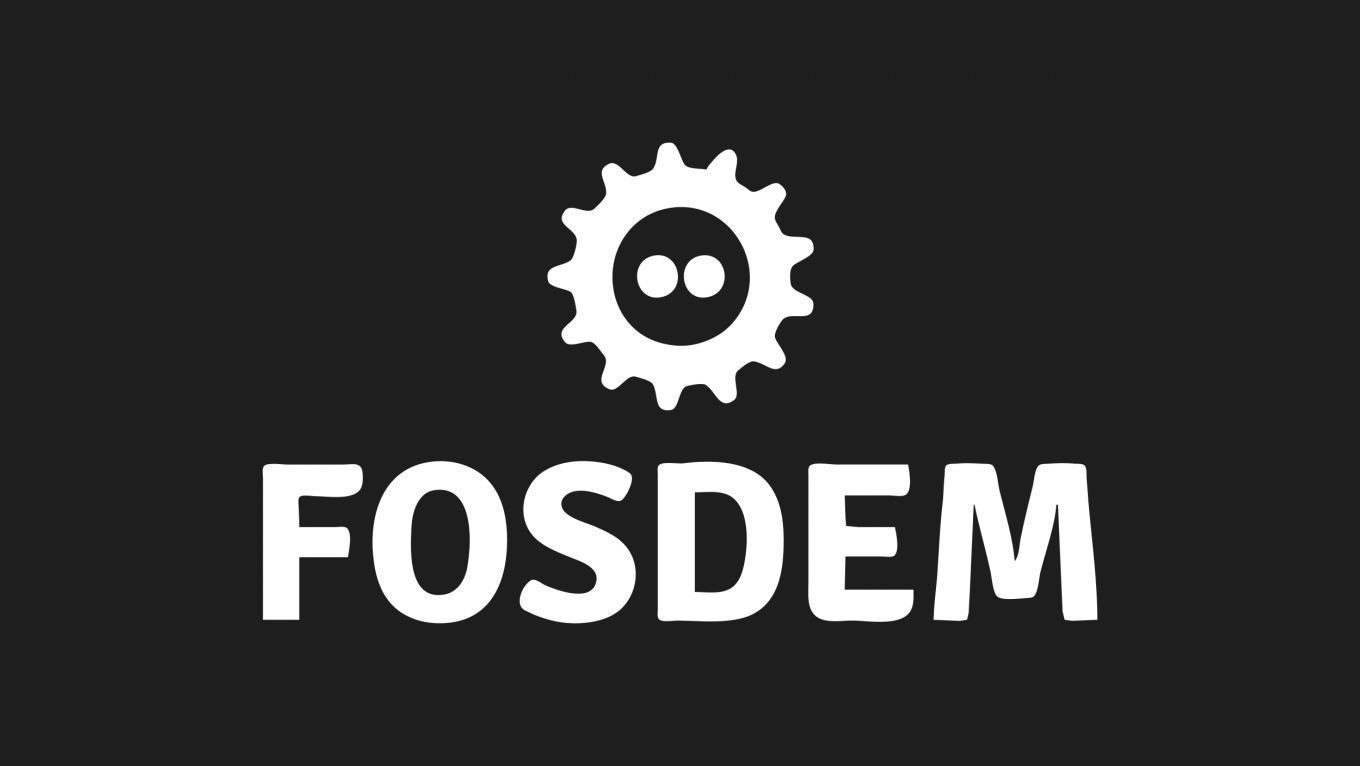Free Software Radio
P2P SDR to GPU Streaming with Julia and LiteX
High throughput PCIe P2P communication for SDR
<p>In this talk, we report early results in the development of a hardware/software stack enabling direct P2P communication between a Fairwaves XTRX / XYNC SDR and an Nvidia GPU. We are able to saturate a PCIe link (7 Gbps) in loopback mode. IQ samples are streamed from the RF IC at more than 350 Mbps. Implementation of this architecture required the development of a new LiteX-based Artix FPGA gateware, and a new SDR framework written in the Julia programming language. The combination of extremely high throughput, GPU computing power, and efficient Julia code will open the doors to a new generation of phased-array and machine-learning experimentation.</p>
Additional information
| Type | devroom |
|---|
More sessions
| 2/6/22 |
<p>This presentation will give you an overview what to expect in the Free Software Radio devroom at FOSDEM 2022.</p>
|
| 2/6/22 |
<p>The <a href="https://github.com/open-sdr/openwifi">openwifi</a> project (opensource WiFi chip) was firstly introduced in the fsr dev room of FOSDEM2020, Brussels. So it would be our honor to give the annual update of the project in the same event!</p> <p>This year we will bring these contents:</p> <ul> <li>Features added in 2021</li> <li>Bug fixes in 2021</li> <li>Some initial test results by the R&S CMW270 WiFi tester</li> <li>The community growth we saw in 2021: the new cheaper ...
|
| 2/6/22 |
<p>Processing tools such as RFNoC by Ettus Research allow for FPGA processing & acceleration however, this can only be used achieved by using USRP devices. gr-litex is an open-source tool that uses GNU Radio with LiteX and allows for different boards by a variety of vendors to achieve processing and acceleration. The project currently uses an Acorn CLE-215+, a cryptocurrency mining accelerator card repurposed as an FPGA for the project.</p>
|
| 2/6/22 |
<p>Hellschreiber is a morse-like graphical transmission of digital data reminiscent of fax over wireless communication media designed in the 1930s and used during the second world war by the German military. Now used by the ham radio community, we consider how hellschreiber is emitted using a Raspberry Pi GPIO pin configured as radiofrequency emitter, an approach made popular by rpitx and generalized to GNU Radio with our gr-rpitx OOT sink block (https://github.com/jmfriedt/gr-rpitx). The ...
|
| 2/6/22 |
<p>All radar is dominated by high-bandwidth, fixed waveforms. All radar? No! A little domain combines communications and sensing, introducing OFDM Radar:</p> <p>gr-ofdmradar is a GNU Radio out of tree (OOT) module, providing an OFDM Radar implementation that can be used in simulations and, potentially, hardware. In this talk I will introduce the motivations and theory behind OFDM Radar as described by Martin Braun, present gr-ofdmradar and how it can be used in simulations and conclude with a ...
|
| 2/6/22 |
<p>Voyager 1 is the furthest spacecraft and the first ever to exit the solar system. Fueled by its radioisotope generators, after more than 40 years of flight it is still sending us data about the interstellar medium using its 3.7 metre dish antenna and 8.4 GHz transmitter. In this talk we report two adventures regarding the reception of the Voyager 1 signal.</p> <p>In the first part, we show the successful detection of the Voyager 1 signal using one of the 6.1 metre dishes at the Allen ...
|
| 2/6/22 |
<p>3.10 is the latest release of GNU Radio and includes some powerful features and new modules. We will step through the new features and what they enable before going further in depth with some examples of the upstreamed Hardware Accelerator Support that was presented last year at FOSDEM. This feature provides streamlined data movement via support of "custom buffers" which allow a device-compatible mapping of the memory presented to a block's work function, eliminating additional ingress/egress ...
|

